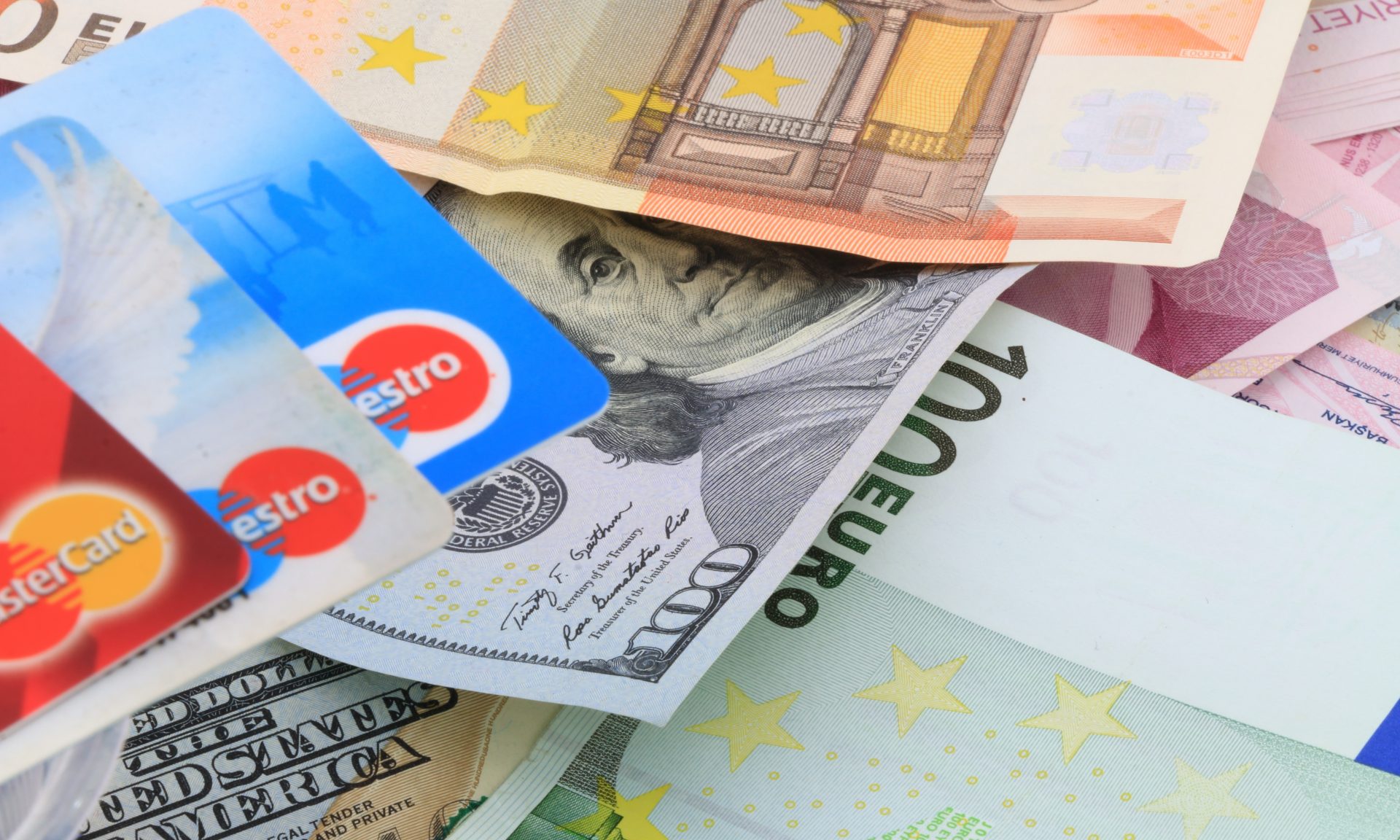Opening and using a bank account in Spain
Setting up a bank account in Spain will be one of the first things you do when buying a home or moving to Spain. So how do you do it and what are your options?
Although you will recognise most of the processes and procedures of banking in Spain, there are certain differences.
Banks in Spain follow a European model. For a start, there are resident and non-resident accounts. Accounts for residents are considerably more flexible and come with offers that non-resident accounts do not get.
In order to open an account you will need to obtain your NIE. Indeed, this is vital for all transactions in Spain and there is very little you can do without it.
Online banking is encouraged in Spain and all the major banks offer this service in several languages.
Read how to obtain your NIE here.
Who to bank with
Following the financial crash in 2008, many smaller banks disappeared. Either they were swallowed up by bigger banks or merged with others. Nowadays, there are fewer main contenders, namely: Santander, BBVA, Sabadell (which owns TSB), Ing.es, Banco Popular and Caixa Bank.
The last of these was voted the best bank in Spain 2021 by Global Finance Magazine, in particular because of their response to the Covid pandemic.
The other banks are all solid performers too. Owing to the number of foreigners now resident in Spain, most banks have services tailored to their needs, with documents and communication in English. An example is HolaBank, part of the Caixa Bank group, which specifically caters for foreigners, both resident and non-resident. Sabadell Bank has a competitive foreigners service too, BBVA is another and of course, Santander has branches in the UK. British banks such as HSBC and Barclays also have branches in Spain but mainly in the large cities and therefore may not be convenient for many people unless they are happy using just online banking.

Shopping (and saving for a rainy day!) in Barcelona (Suchart Boonyavech / Shutterstock.com)
Bank charges
The question of bank fees is a contentious one. Some banks charge very much higher fees for very similar services. Most Spanish banks do charge fees but for residents there are accounts which avoid them. A nomina account is one way, where you pay in a regular amount – usually over €600. This could be your pension or your salary. Most banks will not charge fees on accounts holding perhaps €50,000.
For those holding a non-lucrative or retirement visa then, which requires you to show a substantial income or reserves, banking could be free.
Spanish banks do not generally issue chequebooks; payments are usually made using credit and debit cards instead, (or cash, of course). You will usually receive an annual fee for a Visa or MasterCard credit card. This will generally be around €30-40, and as in the UK, gold cards for higher earners come at a higher fee.
You will not be charged using an ATM of your banking group but are likely to have to pay a €2 fee if you use an ATM of another group. Ing.es uses Caixa Bank ATMs and for free if you withdraw a minimum of €200. Other online banks have similar agreements.
Opening a non-resident bank account
As a general rule, though banks differ in their requirements, you will need the following to open a non-resident bank account:
- An up-to-date passport
- A bill or other document to prove your address, i.e a utility bill which should be less than three months’ old.
- Proof of employment or retirement.
- NIE number
These must be translated into Spanish by an officially recognised translator. You might also need a document to prove that you are a non-resident, obtainable at a police station where you need to present your passport. Banks can also do this – for a fee. Non-resident accounts will carry charges.
It’s worth bearing in mind that – complicated as procedures can seem – banks need us as much as we need them. So you should find staff able to help you, including English speakers, especially in the more popular coastal areas and cities.
Opening a non-resident bank account
You will need the following to open a non-resident bank account:
- An up-to-date passport
- Proof of Spanish address. Utility bill, lease, copy of the escritura
- Proof of employment or retirement. Work contract, pension
- NIE number
Again, you will need to have documents officially translated into Spanish.
Tax declarations
Both residents and non-residents must make an income tax declaration. That applies even if you don’t have any income in Spain. The chances are that you won’t have to pay any tax but if you own a property, you will have to pay IBI (property tax).
Your bank movements and financial services such as mortgages, insurances will be automatically available online from your bank in time for your tax declaration, so you don’t need to spend time working it out. Just take a printed copy to your local Tax Office or gestor when you make your tax return.
However, it’s a good idea to regularly check your bank account as mistakes can be made despite an advanced electronic banking system.

You will need to make sure that you have all documentation in order, and have assessed all possible accounts.
Bank opening times and queues
You will be surprised to know that banks in Spain are usually open to the public only between 9 am and 2 pm and are closed during the many fiestas. Banks also have a designated time when you can withdraw cash, often only up to 11 am. This can be very inconvenient, so do check your local bank’s policy.
Direct debits and paying bills
All utility bills must be paid by direct debit, so it’s important to keep your bank account in Spain topped up to cover these inevitable monthly payments – and these will be taken from your account, whether you have money in them or not! Defaulting incurs fines and threats to cut off the water, gas or electricity supply. Some utility bills are paid monthly, others bi-monthly or quarterly – make sure you know how and when your bills will need to be paid.
All utility bills in Spain must be paid by direct debit, so it’s important to keep your account topped up to cover these inevitable monthly payments.
Card payments in Spain
Card payments in Spanish shops, restaurants and supermarkets are usually contactless or with chip and pin. If you pay with a UK card, you will often be asked if you want the payment to be in euro or sterling – always say in euro as the exchange rate for exchanging the amount into sterling charged by the card company will be better than that given by the shop’s Spanish bank.
Visa and MasterCard are accepted in most places. However, Spain fall far behind other countries in accepting American Express cards, thanks to the additional charge that must be paid to Amex by businesses.
Customer service
Generally, Spanish banks offer a good standard of service.
You may be assigned a personal bank manager and the large banks have good internet banking sites, which makes handling your money from the UK or Spain much easier. Be prepared for queues at the counter though, especially at certain times of the day.

The Property Buyer’s Guide to Currency will help you:

